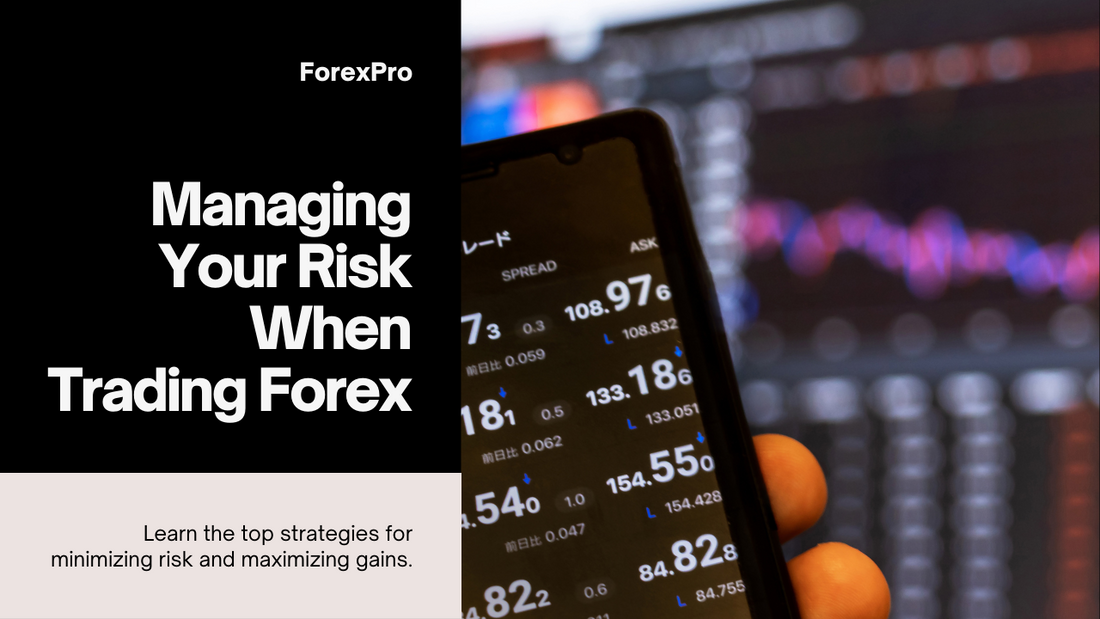
Essential Forex Risk Management Tips
Share
Forex trading can be an exciting and potentially profitable venture, but it also comes with its fair share of risks. To navigate the volatile currency markets successfully, it's crucial to have a solid risk management strategy in place. In this blog post, we will explore some essential forex risk management tips that every trader should know.
What is Forex Risk Management?
Forex risk management refers to the strategies and techniques traders use to protect their capital and minimize potential losses in the foreign exchange market. It involves analyzing and assessing the risks associated with each trade and implementing measures to mitigate those risks.
1. Set Realistic Goals
Before diving into forex trading, it's essential to set realistic goals. Determine how much capital you are willing to risk and what returns you expect to achieve. Setting achievable goals will help you stay focused and avoid making impulsive decisions based on emotions.
2. Use Stop Loss Orders
A stop loss order is a risk management tool that allows you to set a predetermined exit point for a trade. By placing a stop loss order, you can limit your potential losses if the market moves against your position. It's crucial to set your stop loss levels based on careful analysis and not let emotions dictate your decisions.
3. Diversify Your Portfolio
Diversification is a key risk management technique in forex trading. By spreading your investments across different currency pairs, you can reduce the impact of a single trade on your overall portfolio. Diversification helps to minimize the risk of significant losses and provides opportunities for potential gains.
4. Use Proper Position Sizing
Position sizing refers to determining the appropriate amount of capital to allocate to each trade. It's important to calculate your position size based on your risk tolerance, account size, and the specific trade setup. Proper position sizing ensures that you don't risk too much on any single trade and helps protect your capital.
5. Keep Emotions in Check
Emotions can cloud judgment and lead to impulsive decisions in forex trading. Fear and greed are common emotions that can cause traders to deviate from their risk management plans. It's crucial to stay disciplined, stick to your strategy, and avoid making emotional trades based on short-term market fluctuations.
6. Stay Informed
Forex markets are influenced by various economic, political, and social factors. Staying informed about these factors can help you make more informed trading decisions and manage your risks effectively. Stay updated with economic indicators, central bank announcements, and geopolitical events that can impact currency prices.
7. Regularly Review and Adjust
Risk management is an ongoing process that requires regular review and adjustment. As market conditions change, it's important to reassess your risk management strategy and make necessary adjustments. Regularly reviewing your trades and analyzing your performance can help identify areas for improvement and refine your risk management approach.
By implementing these essential forex risk management tips, you can protect your capital, minimize losses, and increase your chances of long-term success in the forex market. Remember, forex trading involves risks, and no strategy can guarantee profits. It's important to approach trading with a disciplined mindset and always prioritize risk management.



